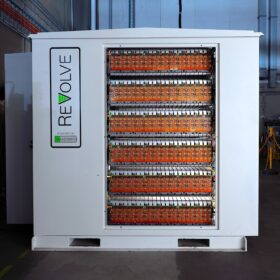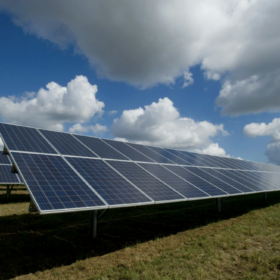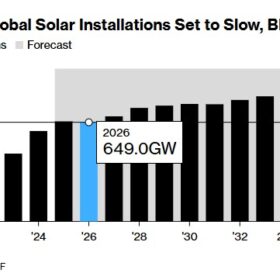Analysis of Electric Vehicle Council (EVC) and public data shows that of the electric vehicles that have been sold in Australia, about 248,000 are battery electric and about 53,500 are plug-in hybrids.
While the EV sales data stretches back to 2011, the majority of these vehicles have been hitting Australian roads since 2021. This highlights the recent surge in adoption due to cheaper EVs, more charging infrastructure and greater awareness of the environmental benefits of EVs.
Electric Vehicle Council CEO Julie Delvecchio said reaching 300,000 sales of BEVs and PHEVs was an exciting achievement for Australia.
“With 300,000 electric vehicles on Australian roads – and counting – we’re seeing a significant shift in how Australians choose to drive,” Delvecchio said.
“Just a few years ago, electric vehicles were an emerging option in Australia, with a limited selection of models at expensive prices. But today, EVs are a serious consideration for many drivers and a familiar sight on roads nationwide.”
“Today, Australians have access to more than 120 EV car models, over 220 variants, and a wider range of affordable options starting at under $30,000, with even more choices and competitive pricing on the horizon,” she said.
“During this cost-of-living crunch that is hurting so many of us, hundreds of thousands of Australian households have switched to electric vehicles to save thousands of dollars annually on running costs. Battery electric cars are estimated to save you up to $3,000 every year on fuel and maintenance costs.”
Delvecchio said EVs are not only saving Australians money, they are improving everyone’s quality of life.
“More electric vehicles mean quieter streets and cleaner air in our communities. And let’s not forget – EVs are fun to drive with great handling and faster acceleration than petrol cars!”
“The 300,000 EVs zipping around Australia are being driven by people from all walks of life: families ferrying kids around the suburbs, tradies going about their jobs, holiday-makers taking driving holidays across the country. With such a wide variety of models available today, EVs are meeting the needs of people living in the inner city, the outer suburbs and regional Australia.”
“Most of the EVs in Australia today have hit our roads within the past few years – a remarkable feat considering we started from scratch. Nearly one in ten new cars sold in Australia are now electric vehicles,” Delvecchio said.
“In the past week alone, Australia has made strides in supporting EV uptake: WA has completed the country’s longest electric charging highway, and the Tasmanian government has introduced $20,000 grants for small businesses to purchase electric delivery vans.”
“We know we’re far from mission accomplished – there’s still much more work to be done to drive wider EV adoption – but Australia is heading in the right direction. To boost momentum, we need to build on the current FBT policies, support more charging infrastructure and focus on light commercial vehicles to make it even easier for more Australians to transition to cleaner, cost-effective driving.”





By submitting this form you agree to pv magazine using your data for the purposes of publishing your comment.
Your personal data will only be disclosed or otherwise transmitted to third parties for the purposes of spam filtering or if this is necessary for technical maintenance of the website. Any other transfer to third parties will not take place unless this is justified on the basis of applicable data protection regulations or if pv magazine is legally obliged to do so.
You may revoke this consent at any time with effect for the future, in which case your personal data will be deleted immediately. Otherwise, your data will be deleted if pv magazine has processed your request or the purpose of data storage is fulfilled.
Further information on data privacy can be found in our Data Protection Policy.